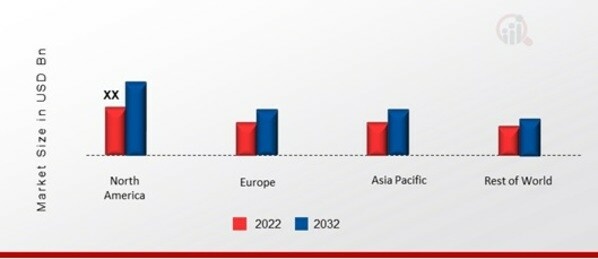Market Growth Projections
The Global Microelectronics Material Market Industry is projected to experience substantial growth over the coming years. With a market value of 59.6 USD Billion in 2024, the industry is on a trajectory to reach 115.7 USD Billion by 2035. This growth is indicative of the increasing reliance on microelectronics across various sectors, including telecommunications, healthcare, and consumer electronics. The anticipated compound annual growth rate (CAGR) of 6.22% from 2025 to 2035 further underscores the market's potential. Such projections highlight the critical role of microelectronics materials in supporting technological advancements and meeting the demands of an increasingly digital world.
Growth of the Internet of Things (IoT)
The proliferation of the Internet of Things (IoT) is a pivotal driver for the Global Microelectronics Material Market Industry. As more devices become interconnected, the demand for microelectronic components that facilitate communication and data processing escalates. This trend necessitates the use of advanced materials that can support the increasing complexity and functionality of IoT devices. The market is poised for significant growth, with a projected compound annual growth rate (CAGR) of 6.22% from 2025 to 2035. This growth trajectory underscores the importance of microelectronics materials in enabling the seamless operation of IoT ecosystems, which are becoming integral to various sectors, including healthcare, automotive, and smart cities.
Rising Demand for Consumer Electronics
The Global Microelectronics Material Market Industry experiences a robust demand surge driven by the increasing consumption of consumer electronics. With the proliferation of smartphones, tablets, and wearable devices, the need for advanced microelectronic materials is paramount. In 2024, the market is projected to reach 59.6 USD Billion, reflecting a growing trend towards miniaturization and enhanced performance. This demand is further fueled by technological advancements that necessitate the use of high-quality materials, ensuring reliability and efficiency in electronic devices. As consumer preferences evolve, manufacturers are compelled to innovate, thereby propelling the market forward.
Advancements in Semiconductor Technology
Technological advancements in semiconductor manufacturing significantly influence the Global Microelectronics Material Market Industry. Innovations such as 5nm and 3nm process technologies require specialized materials that enhance performance and reduce power consumption. As the industry transitions towards more efficient semiconductor solutions, the demand for high-purity silicon, gallium nitride, and other advanced materials is expected to rise. This shift is indicative of a broader trend towards sustainability and energy efficiency in electronics. The market is anticipated to grow substantially, with projections indicating a value of 115.7 USD Billion by 2035, highlighting the critical role of advanced materials in future semiconductor applications.
Regulatory Support for Advanced Manufacturing
Regulatory frameworks promoting advanced manufacturing technologies play a significant role in shaping the Global Microelectronics Material Market Industry. Governments worldwide are increasingly recognizing the importance of microelectronics in driving economic growth and technological innovation. Initiatives aimed at fostering research and development in microelectronics materials are likely to enhance the industry's competitiveness. By providing funding and incentives for innovation, these regulations encourage the development of next-generation materials that meet the evolving needs of various sectors. This supportive environment is expected to facilitate sustained growth in the market, aligning with global efforts to enhance technological capabilities.
Emerging Applications in Automotive Electronics
The automotive sector's transition towards electrification and automation is a crucial factor driving the Global Microelectronics Material Market Industry. The increasing adoption of electric vehicles (EVs) and advanced driver-assistance systems (ADAS) necessitates the use of high-performance microelectronic materials. These materials are essential for power management, sensor integration, and communication systems within vehicles. As the automotive industry evolves, the demand for specialized materials is expected to rise, contributing to the overall market growth. This trend aligns with the broader shift towards sustainable transportation solutions, further emphasizing the importance of microelectronics in the automotive landscape.






